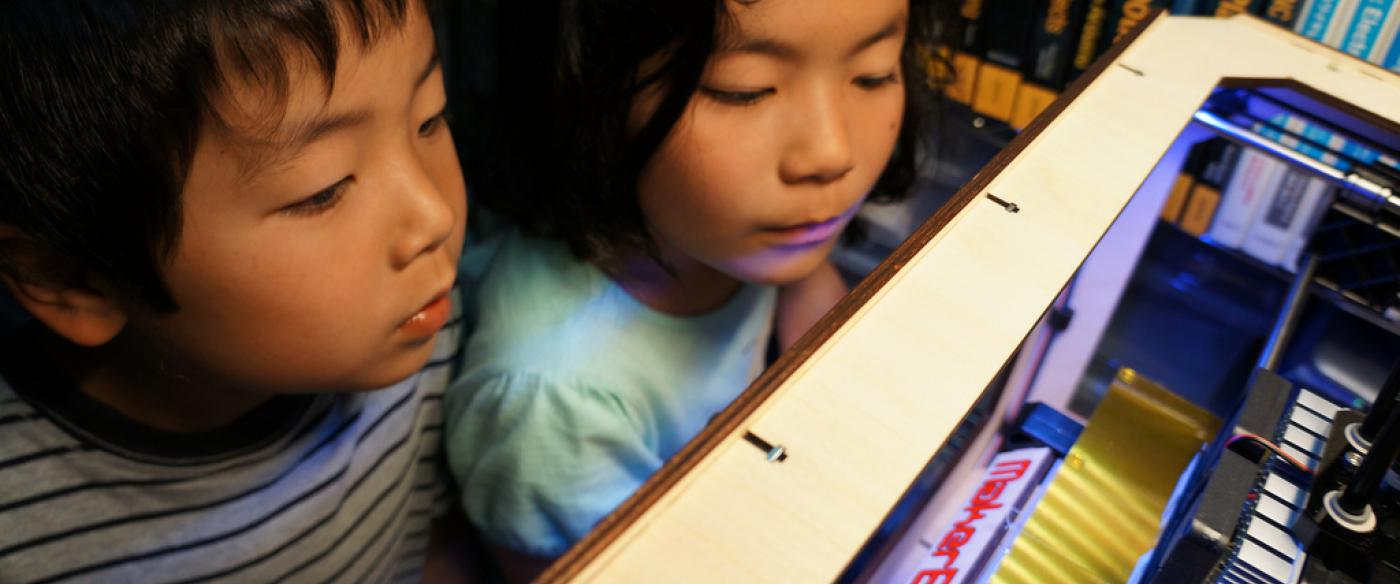
STEM Smart: Lessons Learned from Successful Schools
University of Nevada, Las Vegas
Las Vegas, Nevada
Las Vegas, Nevada
| Time | Description |
|---|---|
| - |
Registration and Team Meetings (continental breakfast served) |
| - |
Welcome by National Science Foundation Opening Addresses with introductions by Presidential Awardee Gary Mayers
|
| - | What Everyone Should Know About the Successful K–12 STEM Education Report* — Plenary Presentation : Jerry Valadez, Director, Central Valley Science Project, California State University, Fresno; Member of NRC Steering Committee | View Presentation |
| - | Planning for Change: Issues of Implementation and Scale —Plenary Presentation : Bill Penuel, Professor, University of Colorado, Boulder | View Presentation | Handout |
| - |
Break |
| - |
Elements of Successful STEM Education—Breakout Sessions Effective Instruction: The Successful K–12 STEM Education report notes that “effective instruction capitalizes on students’ early interest and experiences, identifies and builds on what they know, and provides them with experiences to engage them in the practices of science and sustain their interest.” This session highlighted programs in which teachers use what they know about students’ understanding to actively engage students in science, mathematics, and engineering practices. As stated in the report, “in this way, students successively deepen their understanding both of core ideas in the STEM fields and of concepts that are shared across areas of science, mathematics, and engineering.”
|
| - |
Team Meetings (lunch served) |
| - | Online Inquiry Learning: Making Inquiry Easy with Online Units Featuring Visualizations, Debates, and More—Plenary Presentation : Marcia Linn, Professor, University of California, Berkeley | View Presentation | Handout |
| - |
Elements of Successful STEM Education—Breakout Sessions Equal Access to Quality STEM Experiences: The report discusses findings that draw a direct line between a nation’s competitiveness and K–12 STEM education to support the next generation of scientists and innovators. Thus, a goal for K–12 STEM education is a focus on the flow of students into STEM courses, majors, and careers. An important dimension of this goal is to increase the participation of groups that are underrepresented while ensuring equal access to quality STEM learning experiences for all students. Therefore, this session highlighted practices that lead to opportunities for all students to become engaged in strong STEM learning.
|
| - |
Break |
| - |
Elements of Successful STEM Education—Breakout Sessions Supportive Infrastructure for STEM Learning: The Successful K–12 STEM Education report highlights that “research suggests that although teacher qualifications matter, the school context matters just as much [including]. . . multiple factors that strengthen and sustain those learning communities (e.g., school and district leaders, parents, and community).” This session highlighted programs that have proven strategies to develop the essential infrastructure required to support teachers and students.
|
| - |
Break |
| - |
Team and Whole Group Discussion |
|
Adjourn |



